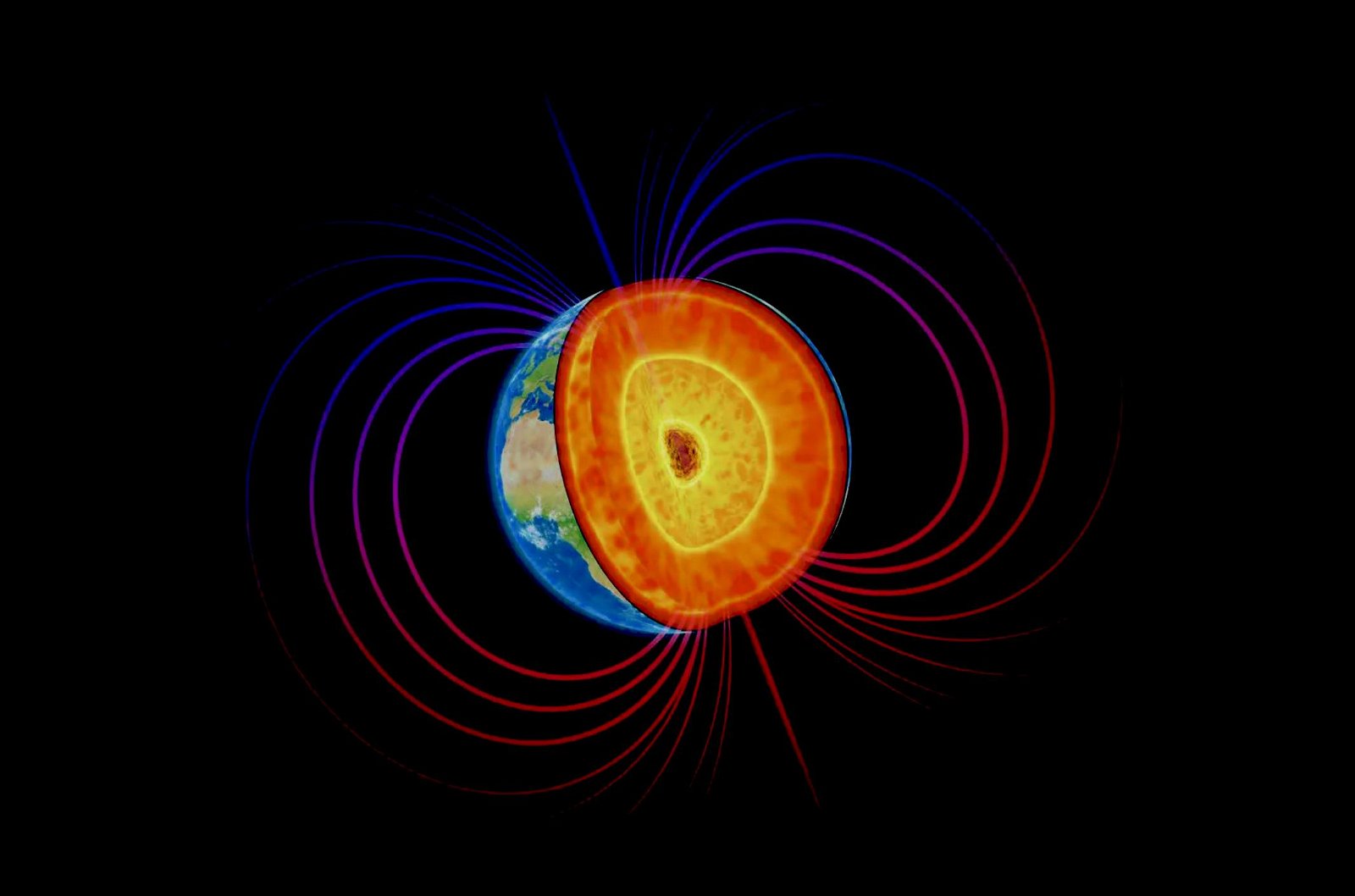Deep within the Earth’s inner core, scientists have made a surprising discovery: something appears to be moving, and it’s moving far more rapidly than anyone would have expected.
It is a finding that comes much to the surprise of scientists who are aware of the astronomical pressures that are maintained at the solid core of our planet. However, new research aided by machine learning is now helping to shed light on the phenomenon, which is believed to involve the iron atoms that Earth’s inner core is composed of.
A recent study headed by researchers at The University of Texas at Austin, in collaboration with a Chinese team, has found what the team believes to be evidence that groupings of iron atoms in the Earth’s core can change their locations in quick movements while strangely preserving the iron’s underlying metallic structure.
The phenomenon, known as collective motion, is described in a new study authored by the team that appeared in PNAS.
“Earth’s solid inner core exhibits intriguing characteristics,” the study’s authors wrote in an explanatory statement outlining the significance of their findings.
“In this study, we have used high pressure–temperature experiments and machine learning calculations to examine the dynamics and sound velocities of hcp-Fe (hexagonal close-packed iron) at the inner core conditions,” the authors state.


According to their findings, the researchers report a “drastic reduction in shear wave velocity when hcp-Fe approaches the melting point,” adding that their calculations indicate iron atoms clearly display evidence of collective motion.
The team says its results are also consistent with past seismic observations, as well as studies involving the geodynamics of the Earth’s inner core, which similarly demonstrate how collective motion in close-packed iron located there effectively softens our planet’s otherwise solid inner core.
Youjun Zhang, one of the study’s lead authors, says that in the past, seismologists have found that the Earth’s inner core “is surprisingly soft, kind of like how butter is soft in your kitchen.”
Zhang says that one of his team’s most significant discoveries is that the softness of solid iron in the Earth’s inner core occurs “because its atoms can move much more than we ever imagined.”
“This increased movement makes the inner core less rigid,” Zhang said in a statement, and “weaker against shear forces.”
The team believes that their observations could help provide explanations for a range of intriguing phenomena observed in past studies involving Earth’s inner core, which currently remain unresolved by scientists.
Significantly, the new insights could also help to highlight the role of our planet’s inner core in powering the unexplained mechanism that produces Earth’s magnetic field, a mysterious source scientists call Earth’s geodynamo.
Dynamo theory, according to physics, describes the means by which any planet or other celestial body’s magnetic field is created. According to this theory, a rotating electrically conductive fluid that is undergoing convection can produce and sustain a magnetic field over astronomical time scales.
Jung-Fu Lin, a professor at the UT Jackson School of Geosciences and one of the lead authors of the new PNAS study, says the new findings may also reveal clues about the origins of Earth’s core, and how it has changed over time.
“Now, we know about the fundamental mechanism that will help us with understanding the dynamic processes and evolution of the Earth’s inner core,” Lin said in a statement.
The new paper, “Collective motion in hcp-Fe at Earth’s inner core conditions,” was published on October 2.
Micah Hanks is the Editor-in-Chief and Co-Founder of The Debrief. He can be reached by email at micah@thedebrief.org. Follow his work at micahhanks.com and on Twitter: @MicahHanks.

